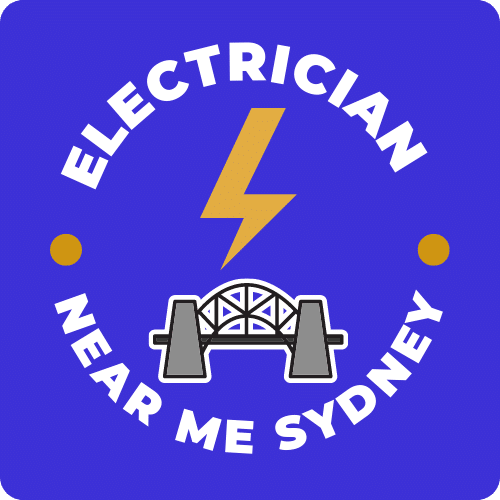How Do You Increase The Electrical Load In A House?
Are you interested in increasing the electric loading in your home, but uncertain about how to do it safely?
As technology advances, more and more homes are becoming increasingly electrified. From laptops, TVs, and gaming consoles to vacuum cleaners, washing machines and air conditioners – they all require efficient power sources. If you need to increase the electrical load in your home, it’s important to understand the basics of household electrical systems before making any changes.
Increasing the electrical load in a house can be tricky – especially if you don’t know what you’re doing. In this article, we will cover everything from understanding how electricity travels through your home to uprating your fuse board for greater electrical capacity. We’ll also explore some cost-effective measures that can help reduce energy consumption and maintain safety throughout your property.
What is the purpose of increasing your electrical load?
Before making any changes to your electrical system, it’s important to consider why you want to increase the electric loading in your home. Are you planning on adding more electrical appliances, or do you just need an upgrade? Knowing the purpose of increasing the load will help you come up with a plan that meets your needs.
If you want to add more electrical appliances, you’ll need to make sure that your existing electrical system can handle the extra power. That means upgrading your fuse board or electric circuit breaker from its current 100-amp rating to a higher 200-amp rating. This may involve installing a new service panel and running additional electrical wiring throughout the house. Both of which are tasks best left to a qualified electrician.
How much electricity are you currently using?
The first step towards increasing the electric loading in your home is to figure it out. The easiest way to do this is to take a look at your utility bill. It will tell you exactly how much electrical power you’re consuming each month. If you’d like to get an even clearer picture of your electrical energy usage, consider investing in an energy monitor or smart meter. These devices can help you track your electricity consumption in real-time. Also, it provides valuable insights into where and when you could be saving money on your bills.
Once you have an idea of how much electricity you’re using, it’s time to figure out how close that number is to the maximum electrical load your home’s wiring can handle. This information can be found in the electric service panel, which is usually located near the electric meter. There will usually be a label on the inside of the service panel. It will state the maximum circuit breaker size and amp rating.
What type of electric load do you have?
The next step is to determine what type of electric load you have in your home. Electric loads can be broken down into three categories: resistive, capacitive, and inductive loads.
- Resistive loads are those that consume power directly when turned on and off, such as heating elements and light bulbs.
- Capacitive loads are those that store energy and release it slowly over time, like air conditioners and refrigerators.
- Finally, inductive loads are those that generate a magnetic field when electricity passes through them, such as motors and transformers.
What measures can you take to increase the electrical load in your house without overloading?
To increase the electrical load in your house without overloading, you can take the following measures:
-
Upgrade your electrical service
If you have an older home with a 100 amp electrical service, consider upgrading to a 200 amp service. This will allow you to handle a higher electrical load without overloading the system. The upgrade typically involves replacing the service cable, the meter socket, and the fuse box or circuit breaker panel.
-
Add a subpanel
If your main panel is already at its limit, you can add a sub-panel to distribute the load. A subpanel is an additional electrical panel installed near the main panel that can handle a portion of the load. This allows you to balance the load across multiple circuits and prevent overloading.
-
Upgrade your wiring
If you have old or outdated wiring, consider upgrading it to handle the increased load. This is especially important if you are adding high-wattage appliances or devices, such as electric heaters or air conditioners.
-
Install a dedicated circuit
If you are adding a high-wattage appliance, such as an electric water heater or a hot tub, install a dedicated circuit. Additionally, a dedicated circuit is a circuit that is used exclusively for one appliance or device, which reduces the risk of overloading.
-
Hire a licenced electrician
To ensure the wiring is safe and up to code, hire a licenced electrician to update house electrical system, install a subpanel or dedicated circuit, or upgrade your wiring. A licenced electrician can assess your electrical system. They also recommend the appropriate measures and ensure that the work is done safely and up to code.
Remember that overloading your electrical system can lead to electrical hazards, such as fires and electrocution. It’s essential to take the necessary precautions and follow all safety guidelines to protect yourself and your home.
Conclusion
Increasing the electrical load in a house can involve upgrading the existing electrical system. And making changes to reduce energy usage. It is important to consider why you are increasing the load. As well as to hire a qualified electrician for any major tasks. Additionally, there are also benefits to hiring a professional electrician to install additional energy control devices and outdoor lighting sources. By taking these steps, you can make sure that your home is ready for any extra energy usage and save on your energy bills.
Contact Electrician Near Me Sydney today if you need any assistance with increasing the electric loading in your home. Our licenced and experienced electricians are here to help you get the job done safely and efficiently. We can help you upgrade your existing electrical system. Also, reduce energy usage and install additional energy control devices in order to improve the efficiency of your home.

